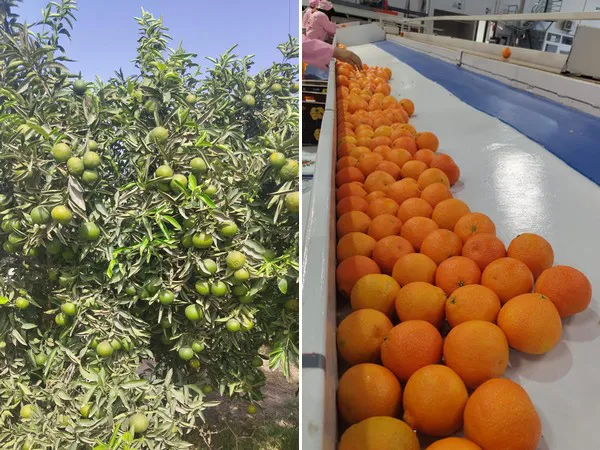The first Moroccan citrus of the season is on its way to the US. For LGS Specialty Sales, their first arrival will be in the week of November 14 and the company expects steady supplies through the middle of May.
“About 20 years ago, we started importing from Morocco and over time, the country has become our number one citrus source between November and May,” says Luke Sears, President and Founder of LGS Specialty Sales. “In fact, the North African country supplies 100 percent of our citrus fruit during this time frame,” he added. The Nour and Fina varieties from Morocco bridge the gap in January between Clemenules and Tangos/W-Murcotts, something other northern hemisphere citrus growing countries struggle with.

Spain exit
In the past, Spain also was a citrus source for LGS between November and May. However, the company pivoted out of Spain for two reasons. “First of all, a duty issue affected Spanish citrus based on a WTO ruling,” shared Sears. Secondly, Morocco has a longer season with different varieties and a long history of producing excellent eating citrus. “Discovered in Morocco and one of the country’s key varieties, the W-Murcott, is quickly becoming the most popular easy peeler variety in the world.”
Production volume down
Although fruit size and quality are expected to be very good this season, production volume is down. “Overall, Morocco’s citrus crop is down from last year’s bumper crop anywhere between 20 percent and 50 percent, depending on the region and variety,” commented Sears. Lower production volumes are caused by a combination of different factors. Last season saw a record crop for citrus from Morocco imported into the US. This year, the weather at the time of flowering was too hot, followed by a lack of rain and water which negatively impacted yields. As a result, less fruit from Morocco will be coming to the US this season, but it is difficult to determine how much the decrease will be. “Other factors come into play such as the war in Russia as well as the struggling economy in the EU and the UK, two big export markets for Moroccan citrus.” Time will tell if demand from these regions will be lower this season, potentially resulting in more supplies available for the US market.
In general, Sears expects very good demand for citrus this winter season. All growing seasons are predicting excellent eating quality, which always helps consumption. “It is important to get back to promoting citrus on a regular basis in order to keep consumers interested and motivated, just like we did during the pre-Covid years,” Sears said. “If we do that, it will be a great season.”
 For more information:
For more information:
James Rasmussen
LGS Specialty Sales
Tel: +1 (718) 542-2200
jrasmussen@lgssales.com
https://www.lgssales.com/
